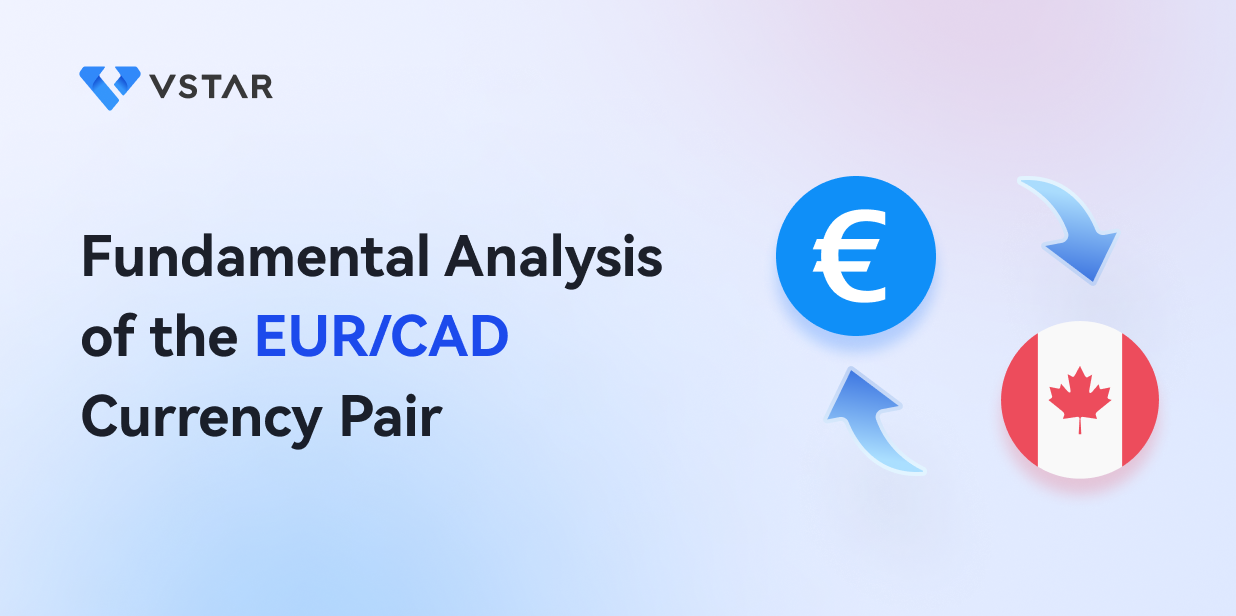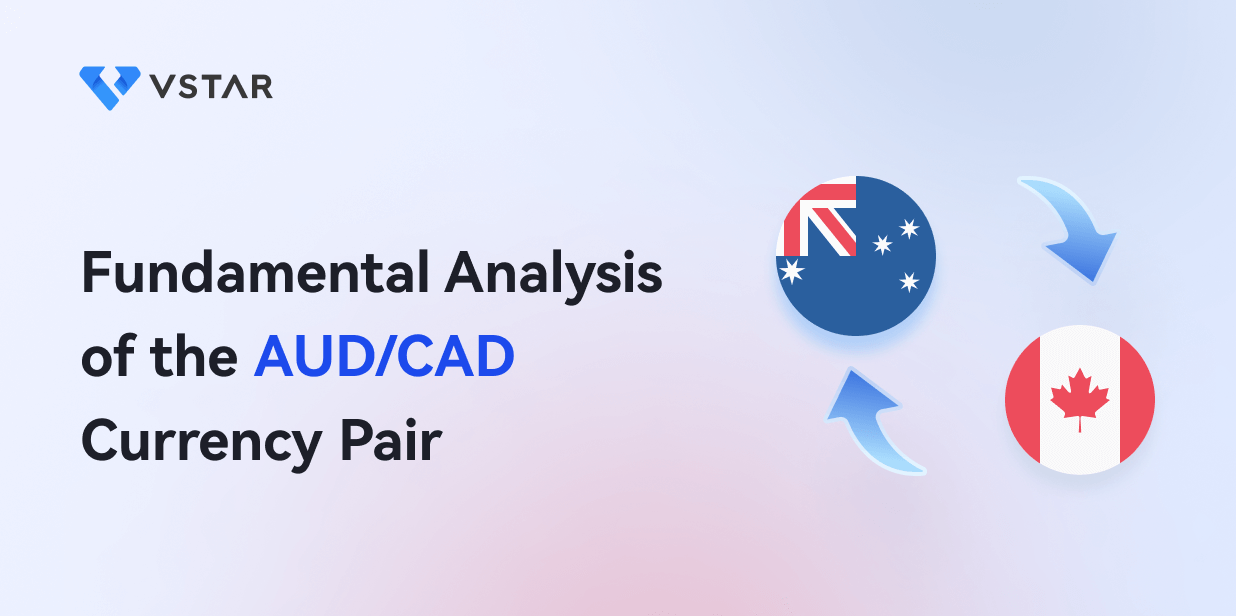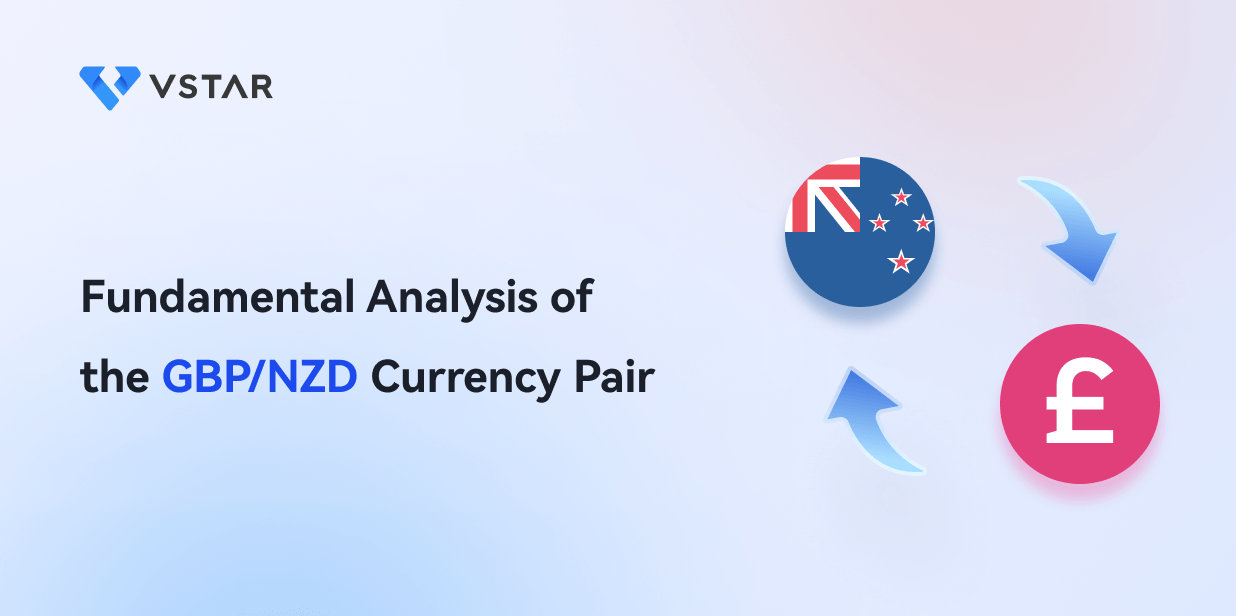In forex trading, the EUR/CAD currency pair is exciting because it combines two of the world's major currencies.
The EUR/CAD currency pair represents the exchange rate between the euro, the currency used in the Eurozone, and the Canadian dollar, the currency used in Canada. This currency pair is relatively less popular than some of the other major currency pairs, such as EUR/USD or USD/JPY.
Fundamental analysis is crucial when trading currency pairs like EUR/CAD. The recent developments in the eurozone and Canada, as well as the global economy, have significantly impacted the EUR/CAD exchange rate. It's essential to stay up-to-date on economic data releases, central bank policy decisions, and other events that could impact the value of the euro and Canadian dollar.
In this article, we'll provide a fundamental analysis of the EUR/CAD currency pair.
Macroeconomic Overview - Eurozone
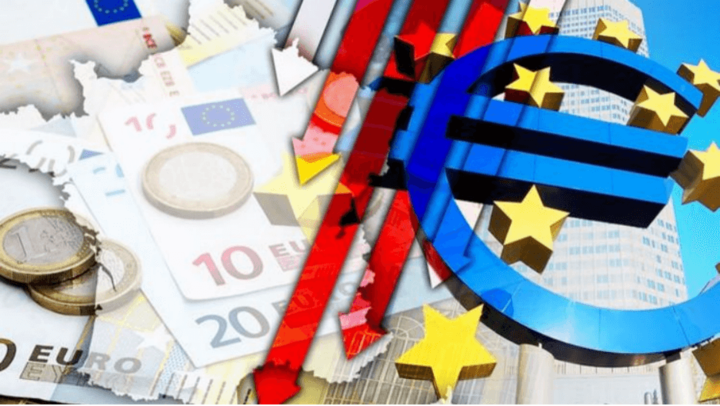
When conducting a fundamental analysis of the EUR/CAD currency pair, it's essential to consider the macroeconomic factors impacting the Eurozone. By examining economic indicators, monetary policy decisions, and the political climate, you can gain valuable insights into the potential future direction of the EUR/CAD exchange rate.
A. Economic Indicators Review
The Eurozone is Canada's largest trading partner, making any changes in the European economy a critical factor in the EUR/CAD currency pair. In 2020, the COVID-19 pandemic hit the Eurozone hard, causing a significant contraction in economic activity.
However, by 2022, the Eurozone had rebounded, posting a 5.3% increase in GDP. In 2023, the European Central Bank (ECB) forecasted a further 4.4% growth rate, indicating a sustained economic recovery in the region.
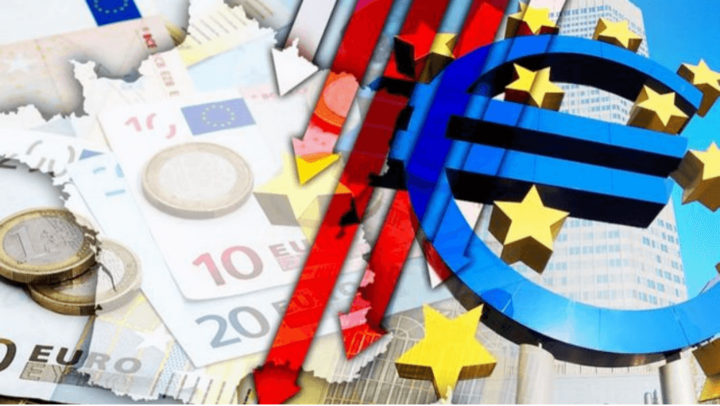
Besides, inflation rates have also been a significant factor in the Eurozone. In 2020, inflation fell to 0.3%, well below the ECB's target rate of 2%. However, by 2022, inflation had rebounded to 3%, which caused the ECB to shift to a more hawkish stance, indicating a potential rise in interest rates in the near future. In 2023, the ECB was expected to maintain this position, with inflation projected to stay at around 2.2%.
Business and consumer confidence have also been important indicators of the economic health of the Eurozone. In 2020, both measures experienced a significant drop due to the pandemic, but by 2022, confidence had returned to pre-pandemic levels. In 2023, the ECB expected both measures to continue to improve, indicating a positive outlook for the Eurozone economy.
B. Monetary Policy
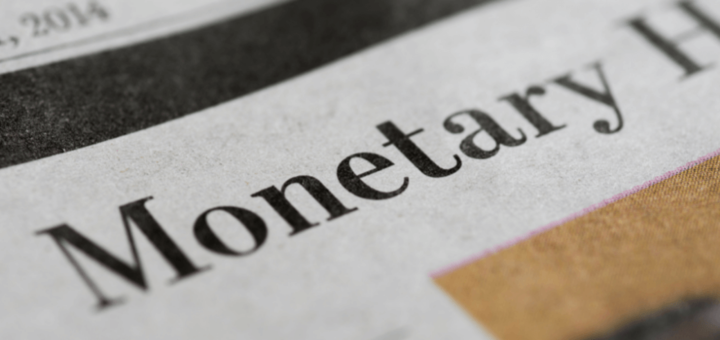
The European Central Bank (ECB) plays a significant role in shaping the Eurozone's monetary policy. In response to the pandemic, the ECB implemented accommodative measures, including asset purchases and low-interest rates, to stimulate economic growth. In 2022 and 2023, the ECB gradually adjusted its policy stance as the economy showed signs of recovery.
Moreover, interest rates are critical drivers of currency valuations. In 2020, the ECB maintained historically low-interest rates, which continued in 2022 and 2023. However, as the economic recovery progresses, market expectations suggest a potential gradual increase in interest rates in the future. It's important to monitor interest rate decisions and expectations, as they can significantly impact the EUR/CAD exchange rate.
C. Political Climate

Government policies, such as fiscal stimulus measures and structural reforms are crucial in shaping the economic landscape. The Eurozone governments implemented various measures to support businesses and boost economic recovery post-pandemic. These policies can impact the Eurozone's economic performance and subsequently influence the EUR/CAD currency pair.
Brexit, the United Kingdom's withdrawal from the European Union, has had implications for the Eurozone. The Eurozone and the UK are significant trading partners, and changes in trade dynamics can impact the euro.
As the Brexit process unfolded, uncertainties emerged, affecting the Eurozone's economic outlook. Thus, monitoring Brexit-related developments is essential for analyzing the EUR/CAD currency pair.
Macroeconomic Overview - Canada
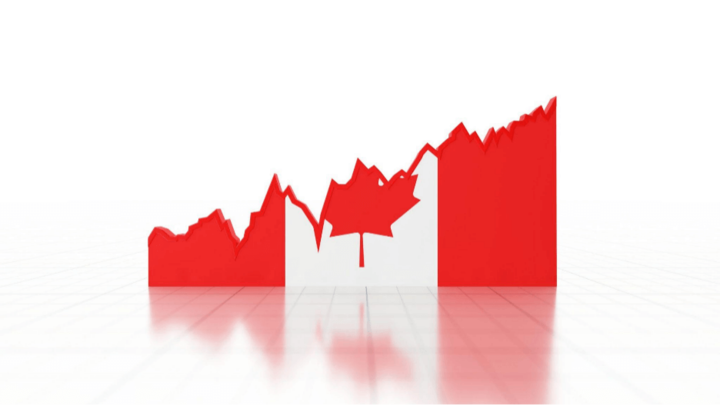
Canada is the world's eleventh-largest economy, and it is heavily reliant on international trade, particularly with the US, its largest trading partner. With a strong focus on natural resources, including oil and gas, Canada is one of the world's top exporters of these commodities.
A. Economic Indicators Review
In 2020, Canada's GDP contracted by 5.1% due to the COVID-19 pandemic. However, in 2022 and 2023, the Canadian economy showed signs of recovery, with GDP growth rates of 5.1% and 3.9%, respectively. The unemployment rate in Canada stood at 9.6% in 2020, gradually decreasing to 6.5% in 2022, and is projected to decline further to 6.2% in 2023.
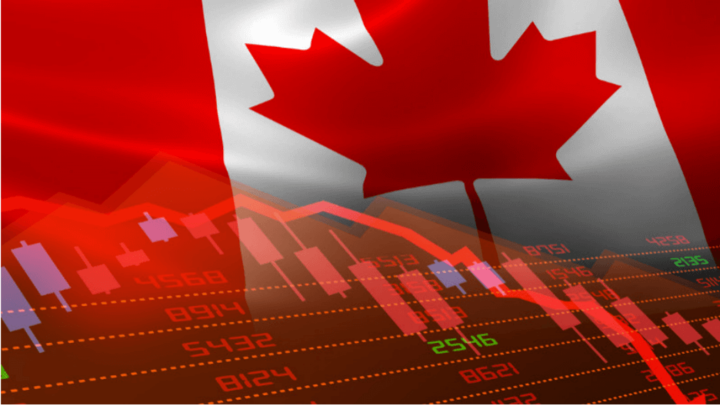
Inflation rates in Canada remained relatively stable in recent years. In 2020, the inflation rate was 0.7%, rising to 3.4% in 2022 due to higher energy and commodity prices. However, in 2023, inflation is expected to moderate to 2.3%.
On the other hand, business and consumer confidence are essential indicators of economic health. In 2020, confidence levels were significantly impacted by pandemic-related uncertainties. However, as the economy recovered, both business and consumer confidence improved in 2022 and 2023. Stronger confidence levels generally reflect positive economic sentiment and can contribute to currency strength.
B. Monetary Policy

The Bank of Canada (BoC) plays a critical role in determining Canada's monetary policy. The BoC implemented accommodative measures, including low-interest rates and quantitative easing, to support the economy in response to the pandemic. In 2022 and 2023, as the economic recovery progressed, the BoC adjusted its policy stance gradually.
Interest rates are significant drivers of currency valuations. In 2020, the BoC maintained historically low-interest rates, which continued in 2022 and 2023. However, as the economy recovers and inflation pressures build, market expectations suggest a potential gradual increase in interest rates in the future. Monitoring interest rate decisions and expectations is vital for analyzing the EUR/CAD currency pair.
C. Political Climate

Government policies, including fiscal measures and regulatory changes, can have a substantial impact on the economy. The Canadian government implemented various stimulus packages and infrastructure investments to support economic recovery. These policies can influence Canada's economic performance and subsequently impact the EUR/CAD currency pair.
The North American Free Trade Agreement (NAFTA), now replaced by the United States-Mexico-Canada Agreement (USMCA), is significant for Canada's trade relationships. Changes in trade dynamics, such as tariffs and regulations, can affect the Canadian economy and, consequently, impact the Canadian dollar. Monitoring developments related to trade agreements is essential for analyzing the EUR/CAD currency pair.
Analysis of the EUR/CAD Currency Pair
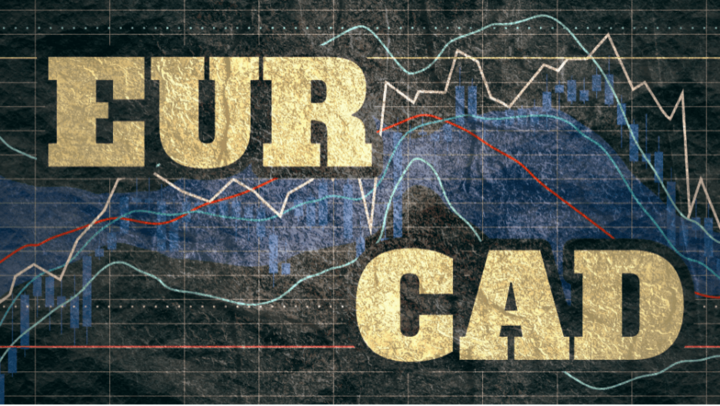
By considering the factors, such as it is crucial to analyze the relevant economic indicators, factors that support a bullish or bearish stance, as well as potential risks to the currency pair's performance, you can gain insights into the potential future performance of the EUR/CAD currency pair.
However, remember that currency markets are complex and influenced by various factors, including market sentiment and geopolitical events. Let's delve into the analysis.
A. Relevant Economic Indicators
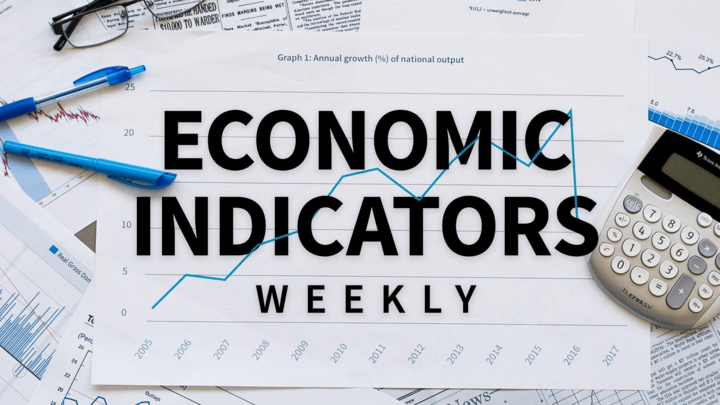
The eurozone and Canada have interconnected economies influenced by global trade and economic conditions. While both regions experienced GDP contractions in 2020, they exhibited signs of recovery in 2022 and 2023. Understanding the correlation between their economic performances can provide insights into the potential movements of the EUR/CAD currency pair.
GDP growth, inflation rates, and interest rates are crucial indicators that affect currency valuations. Positive GDP growth and lower inflation rates generally support a stronger currency, while higher interest rates can attract foreign investments. Monitoring these indicators in both the eurozone and Canada helps assess the potential direction of the EUR/CAD currency pair.
B. Factors Supporting a Bullish or Bearish Stance

The monetary policy decisions of the European Central Bank (ECB) play a significant role in shaping the euro's value. Changes in interest rates, quantitative easing measures, and forward guidance from the ECB can impact the EUR/CAD currency pair. Expansionary monetary policies may exert downward pressure on the euro while tightening measures can strengthen it.
Similarly, the Bank of Canada's (BoC) monetary policy decisions influence the Canadian dollar. Interest rate changes and the BoC's assessment of economic conditions can impact the CAD's value against the euro. Dovish or accommodative policies may weaken the CAD, while hawkish policies can strengthen it. Canada is a major exporter of commodities, such as oil, natural gas, and minerals.
The value of the Canadian dollar can influence the competitiveness of Canadian exports. A stronger CAD may make exports relatively more expensive, potentially impacting Canada's export-driven sectors and affecting the EUR/CAD currency pair.
C. Potential Risks to the Currency Pair

Shifts in global trade policies, such as tariffs or trade disputes, can have significant effects on the EUR/CAD currency pair. Trade tensions between major economies can lead to increased market volatility and uncertainty, potentially impacting both the eurozone and Canada.
Unforeseen shifts in monetary policies, divergences in interest rate expectations, or unexpected policy announcements can introduce volatility to the EUR/CAD currency pair. Keeping track of central bank communications and policy decisions is crucial for staying informed about potential market-moving events. As a commodity-dependent economy, Canada's currency is sensitive to changes in global demand for commodities.
Fluctuations in oil prices, for example, can impact the Canadian dollar. Monitoring commodity markets and global economic trends can provide insights into the potential risks facing the EUR/CAD currency pair.
Trading Strategies for EUR/CAD
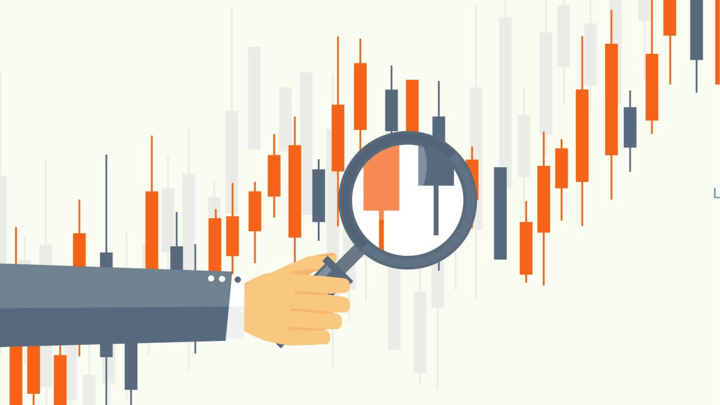
When it comes to trading the EUR/CAD currency pair, implementing effective trading strategies can enhance your decision-making process and potentially improve your trading outcomes. Two popular strategies for trading EUR/CAD involve technical analysis and news trading, both of which can be combined with proper risk management techniques.
You can enhance your approach to trading the EUR/CAD currency pair by integrating technical analysis, risk management techniques, and news trading strategies.
A. Technical Analysis
Technical analysis involves analyzing historical price data to identify trends and patterns that can help predict future price movements. By using tools like trend lines, moving averages, and chart patterns, you can determine the direction of the market and potential entry and exit points.
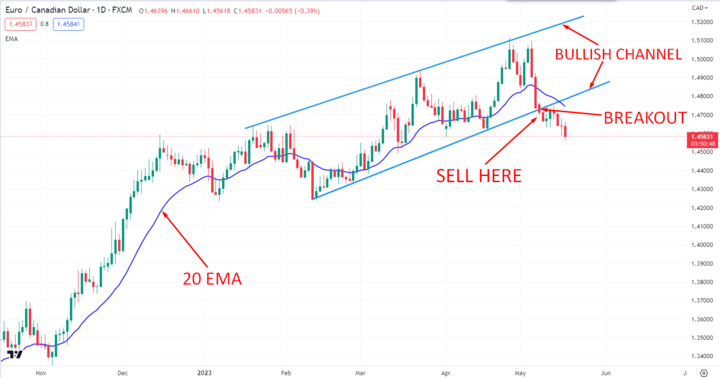
Technical indicators provide additional insights into market dynamics. Fibonacci retracements help identify potential support and resistance levels based on key Fibonacci ratios. Support and resistance levels, on the other hand, are price levels where the market tends to pause or reverse.
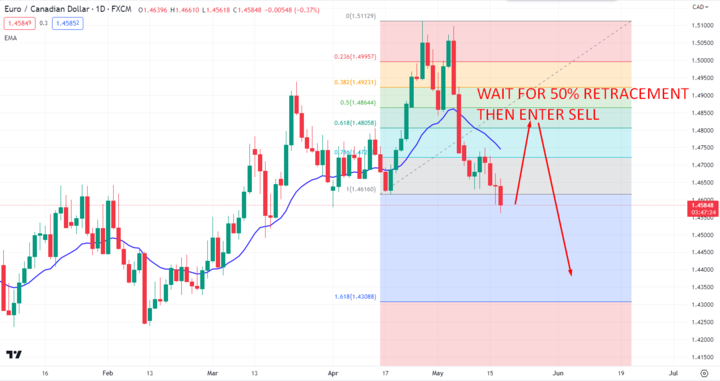
B. Risk Management
Risk management is crucial in trading to protect your capital. Setting stop-loss orders allows you to limit potential losses by automatically closing a position if the market moves against you. Take-profit orders, on the other hand, help secure profits by automatically closing a position when a predefined profit target is reached.

Proper position sizing ensures that you don't risk an excessive amount of your capital on a single trade. By considering your risk tolerance and the distance between your entry point and stop-loss level, you can determine an appropriate position size for each trade.
C. News Trading
News trading involves monitoring economic events and data releases that can significantly impact the EUR/CAD currency pair. Key indicators to watch include GDP reports, inflation data, central bank announcements, and geopolitical developments. Market participants react when important news is released, leading to increased volatility and potential trading opportunities. By observing market reactions to the news, you can identify potential entry or exit points and take advantage of short-term price movements.

Remember to stay updated on the most recent economic developments, news releases, and market trends to make well-informed trading decisions. Consider utilizing demo accounts or backtesting strategies before applying them to live-to-trade.
Conclusion
In 2020, the COVID-19 pandemic caused significant market volatility, with the EUR/CAD pair falling to a low of 1.5260 in March before rebounding to 1.5800 in June. In 2022, the pair continued its bullish trend, reaching a high of 1.6600 in August due to the European Central Bank's hawkish stance. As of 2023, the Eurozone's economy is expected to recover from the pandemic, while Canada's economy is expected to continue growing. However, factors such as political uncertainty, inflation, and interest rate decisions can affect the pair's performance.
In conclusion, fundamental analysis is a crucial tool for traders looking to profit from the EUR/CAD currency pair. Keeping up to date with economic news and market events can help traders make informed decisions and improve their chances of success.
